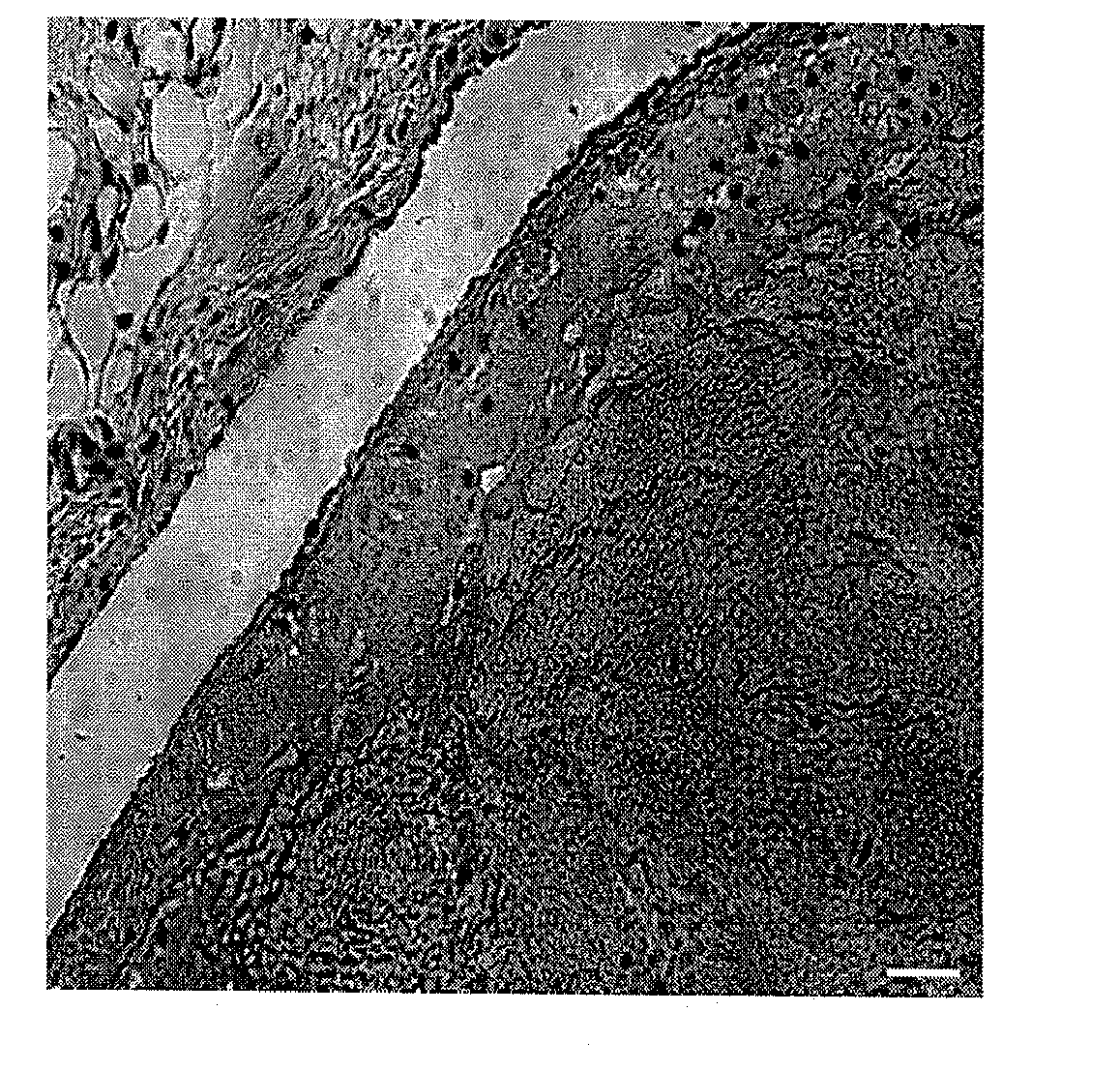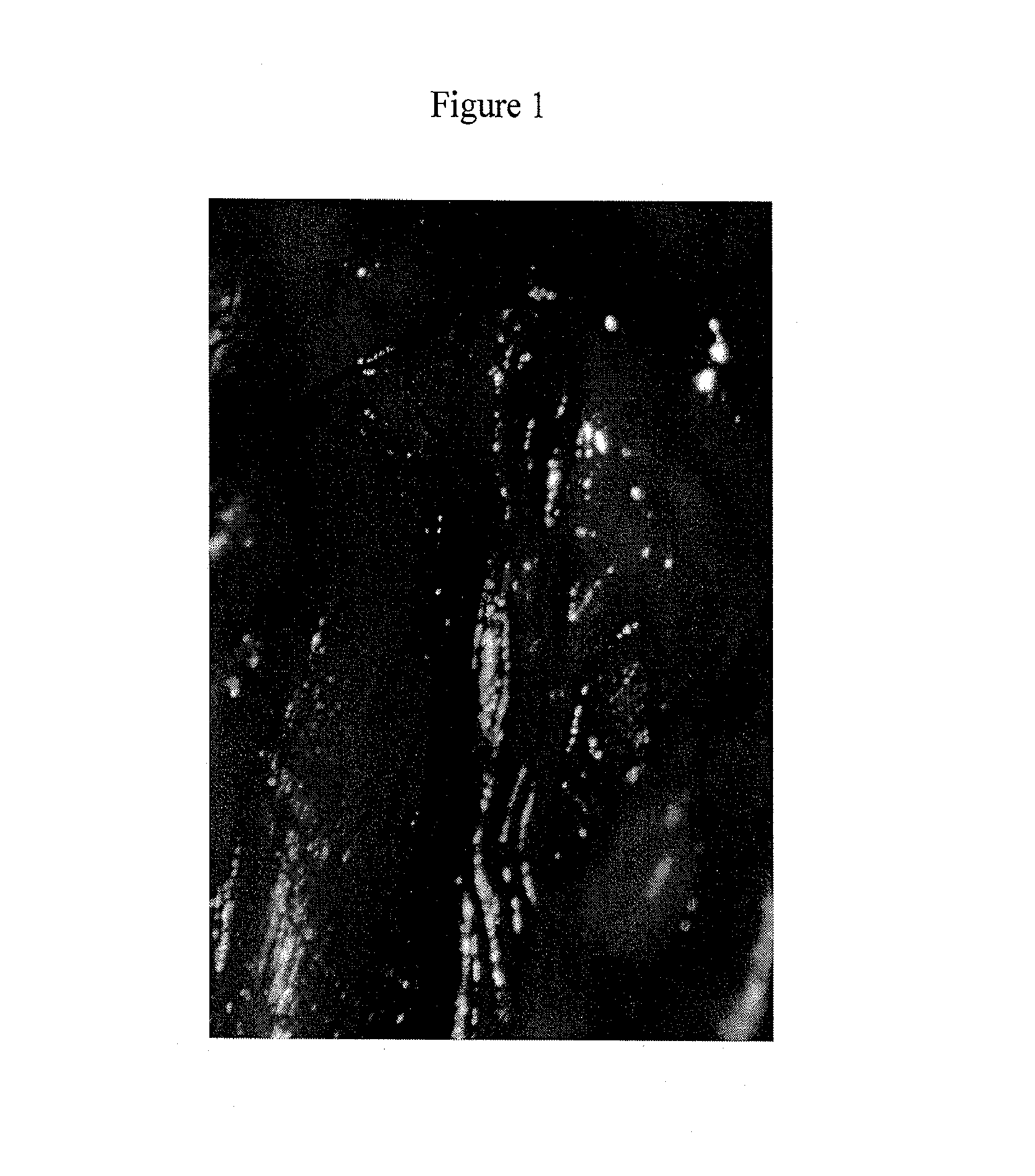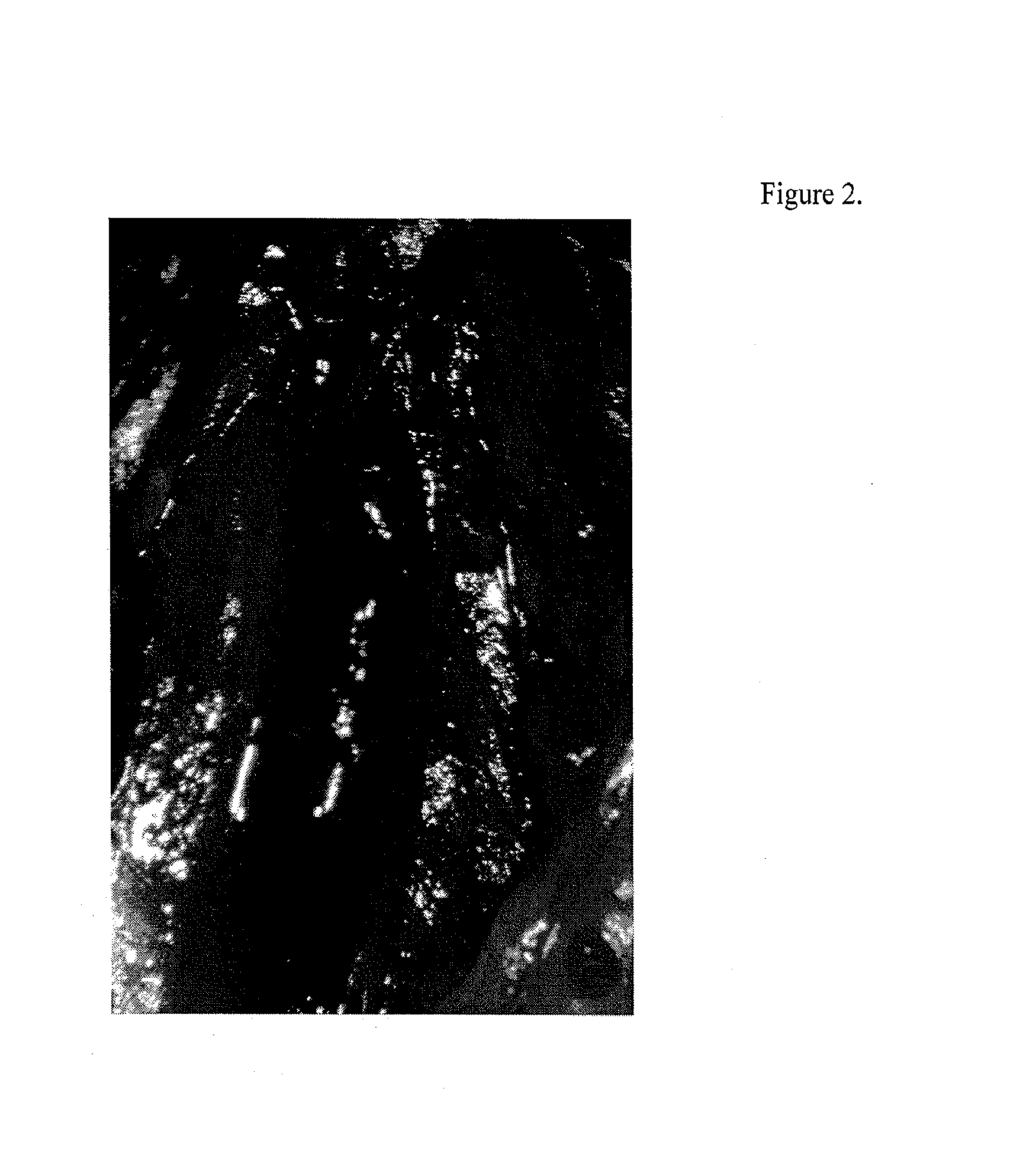Accelerating Thrombus Resolution Through Augmentation of p53 Activity
- Summary
- Abstract
- Description
- Claims
- Application Information
AI Technical Summary
Benefits of technology
Problems solved by technology
Method used
Image
Examples
Embodiment Construction
[0034]In an effort to develop pharmacological and molecular therapy to accelerate thrombus resolution, the function of the p53 gene was studied in an in vivo model of thrombus resolution. In this mouse model (vena caval ligation) the thrombus shrinks between day 4 and day 12 by about 50% as defined by change in thrombus weight. It was noted that the expression of the p53 protein is increased in thrombus resolution.
[0035]p53, also known as protein 53 or tumor protein 53, is a tumor suppressor protein that in humans is encoded by the TP53 gene. To define the role of the p53 gene in the process of thrombus resolution, thrombus resolution in mice lacking the p53 gene was compared with normal (wildtype) mice. It was determined that mice genetically lacking p53 had impaired resolution of thrombus as defined by larger thrombi on day 12 in comparison with wildtype mice. This demonstrates that the p53 gene plays an important role in thrombus resolution. Specifically, in this model lack of th...
PUM
| Property | Measurement | Unit |
|---|---|---|
| Resolution enthalpy | aaaaa | aaaaa |
Abstract
Description
Claims
Application Information
 Login to View More
Login to View More - R&D
- Intellectual Property
- Life Sciences
- Materials
- Tech Scout
- Unparalleled Data Quality
- Higher Quality Content
- 60% Fewer Hallucinations
Browse by: Latest US Patents, China's latest patents, Technical Efficacy Thesaurus, Application Domain, Technology Topic, Popular Technical Reports.
© 2025 PatSnap. All rights reserved.Legal|Privacy policy|Modern Slavery Act Transparency Statement|Sitemap|About US| Contact US: help@patsnap.com



